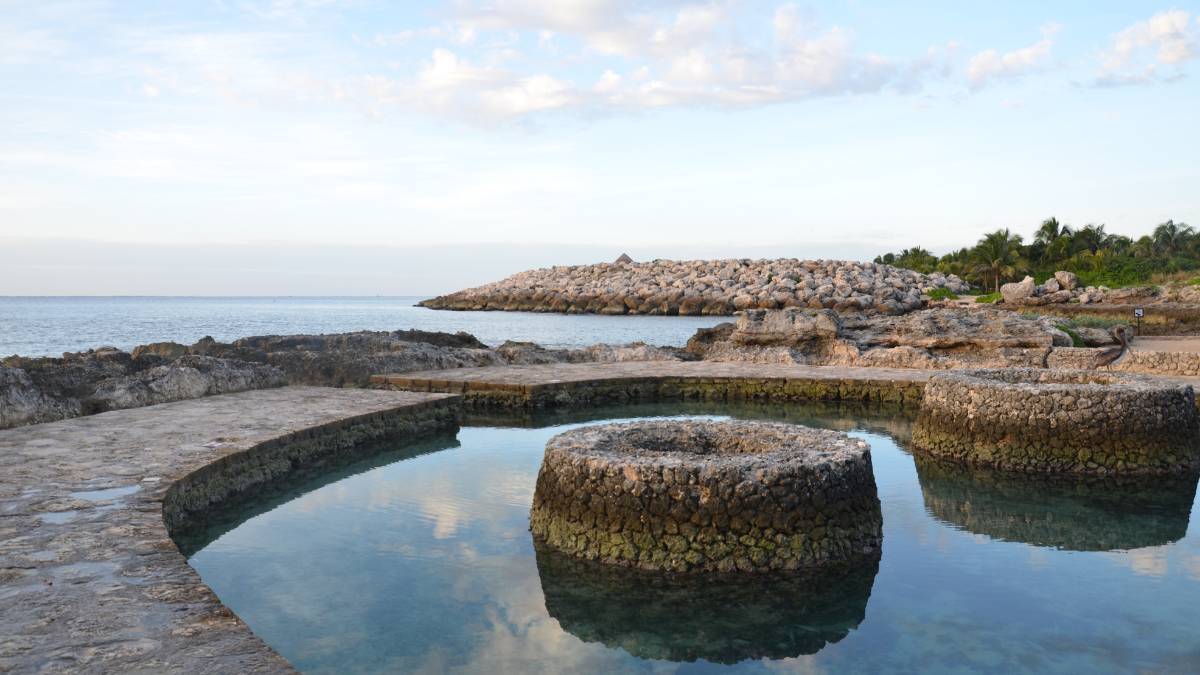Last Updated on October 9, 2023 by Kravelv Spiegel
Owning a saltwater pool is a great way to enjoy a refreshing swim without the harshness of traditional chlorinated pools. However, maintaining a saltwater pool can be a daunting task for some pool owners. This quick guide to maintaining saltwater pools will walk you through the essential steps that you need to follow to ensure your pool remains sparkling clean while lasting a long time.
Test the Water Regularly
The first and most important step in maintaining saltwater pools is to do regular pool water testing. You must check the pH levels, salinity, and sanitizer levels to maintain the water balance. This process should generally occur once every 1 to 2 weeks. Consistently testing your pool water ensures you can quickly detect any issues before they become major problems.
Balance Pool Chemicals
Once you’ve tested your water, adjust the levels of key chemicals accordingly. If the chlorine level is low, increase it by adding more chlorine tablets. For high pH levels, lower them by adding muriatic acid or sodium bisulphate. To raise alkalinity, add sodium bicarbonate. Always add these chemicals separately and allow the pool to circulate for a few hours between each addition. Regularly monitoring and adjusting these chemical levels will keep your saltwater pool clean and safe.
Maintain Proper Filtration
A well-functioning filtration system is vital for maintaining saltwater pools. Your pool’s filter removes dirt, debris, and particulate matter, helping to keep the water clean and clear. Make sure to check and clean the filter regularly, following the manufacturer’s guidelines on the type of cleaning process and frequency. If you notice decreased performance, consider investing in a new filter or consult your local pool shop owner to see what they recommend.
Brush and Skim Regularly
Investing time in routine pool cleaning is crucial for maintaining saltwater pools. Brush your pool walls and floor at least once a week to prevent algae growth and remove any dirt buildup. Keep in mind that algae stains are typically pale green. If you notice any oddly colored stains or stains that are hard to remove, these may be metal deposits and are a sign that you need to resurface your pool.
Skim the pool surface to remove floating debris, such as leaves and insects. There’s no set frequency for how often you should do this. Simply skim your pool when you notice debris. These processes can be a bit time consuming, so you may want to consider using a robotic pool cleaner to automate the cleaning process.
Hopefully, this quick guide to maintaining your saltwater pool helps you unlock the true beauty of your swimming pool so that you can enjoy crisp, clear waters for years to come. By doing regular testing, keeping your pool chemically balanced, and maintaining a clean filtration system, you can enjoy your saltwater pool all season without any hassles.

